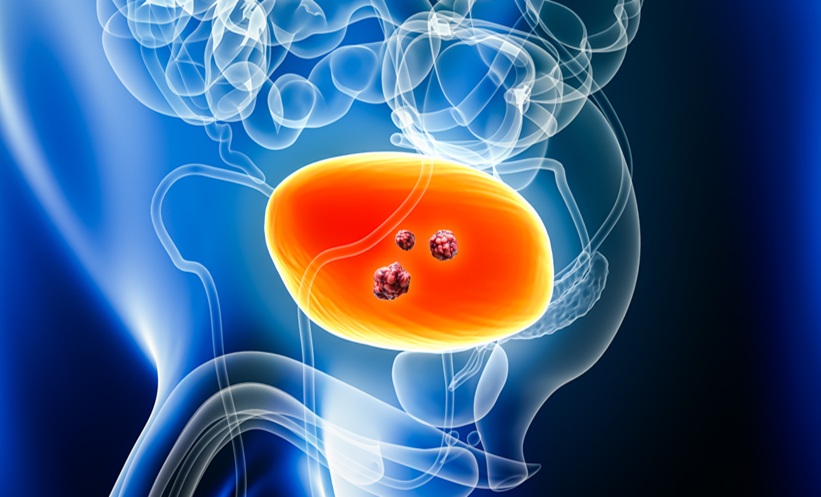DEVOTED female triathletes have been identified as having a high rate of pelvic floor disorders.
Researchers of the Chronic Pelvic Pain programme carried out an internet survey of 311 self-identified female triathletes, with urinary incontinences (37.4%) and anal incontinence (28%) being the most commonly occurring pelvic floor disorders. The least commonly occurring disorders included urgency urinary incontinence (16%) and pelvic organ prolapse (5%), with pelvic girdle pain, experienced by 18% of patients, not being indicated as disabling or preventing exercise.
In addition, nearly a quarter of respondents also screened positively for a minimum of one arm of the female athlete triad. The female athlete triad is a syndrome comprising three interrelated conditions, which are energy deficiency (including or excluding eating disorders), menstrual disturbances, and decreased bone mineral density.
The results surprised the study’s senior author, Prof Colleen Fitzgerald, Department of Obstetrics and Gynecology, Loyola University Stritch School of Medicine, Maywood, Illinois, USA: “We expected the high rates of urinary incontinence, but did not expect to find such high rates of anal incontinence.”
However, female triathletes should not be put off their regimens, and nor should any female who enjoys frequent exercise: “Our goal of this study was not to deter triathletes from participating in their training. Exercise in all forms can be healthy and should be encouraged. However, we would recommend that if women are bothered by these symptoms, they should seek medical care from a urogynaecologist or female pelvic reconstructive surgery specialist.”
The study, which was a continuation of a previous survey, has sparked a new direction for the researchers, who also found similarly high rates of urinary incontinence symptoms in female runners in 2014. “These findings generate a new question as to address the mechanism of injury for why this is occurring, whether it is metabolic or digestive, or due to prolonged impact on the pelvic floor from biking or other unexplained causes,” concluded Prof Fitzgerald.
(Image: freeimages.com)







